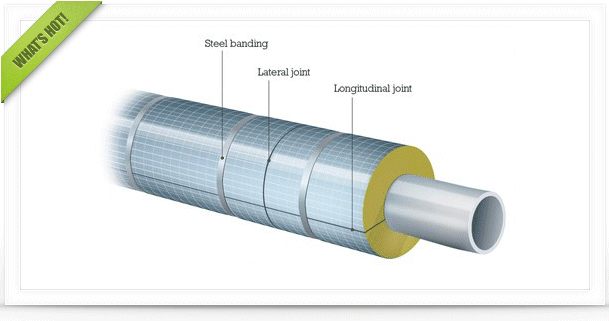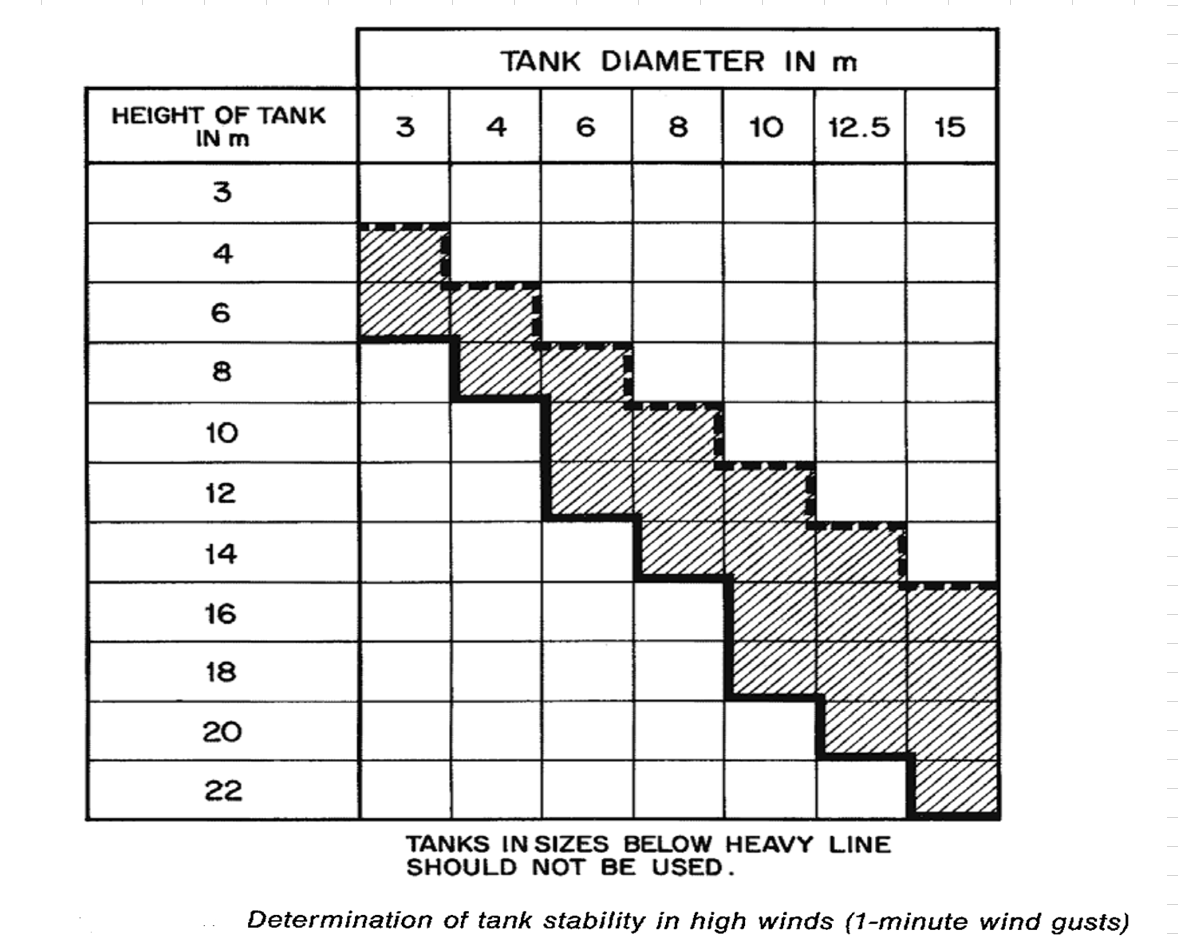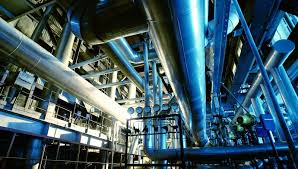How do we use pressure drop to obtain column diameter in equipment design? =P
|
|
Calculating Absorbtion Column Diameter Via Pressure Drop
Started by amifall, May 14 2009 06:54 AM
2 replies to this topic
Share this topic:
#1

Posted 14 May 2009 - 06:54 AM
#2

Posted 14 May 2009 - 03:27 PM
QUOTE (amifall @ May 14 2009, 03:54 AM) <{POST_SNAPBACK}>
How do we use pressure drop to obtain column diameter in equipment design? =P
I assume you are refering to a distillation column here and you are wanting to determine the column's diameter, or size the column. Normally you are pretty well constrained in what column diameter to use by various considerations. The availability of heating and cooling utilities will limit the top and bottom operating pressures, though you could "push the envelope" a bit at the cost of increased surface areas for your condenser and reboiler. Tray spacing may allow for small adjustments in the tray's diameter - for example, you may be able to select a smaller column diameter by increasing the tray spacing. Doing so would also increase the pressure drop through the column. Both of these changes though are relatively small and it would be very unusual for pressure drop to be a very important variable in the design of a trayed tower. For a packed column, the selection of packing type is often closely related to the allowable pressure loss, but the performance requirements really drive the column diameter selection more than anything.
#3

Posted 15 May 2009 - 01:42 AM
You should always calculate the expected pressure drop for a potential design, but the pressure drop isn't always the most important factor.
For columns operating at atmospheric pressure or above the pressure drop is often not critical, and you would design on the basis of approach to the flooding point. Once you have selected an approach to flooding and have calculated the column diameter required to achieve that, you would calculate the pressure drop to ensure that it is acceptable, and to get the pressures inside the column if you want to refine your physical properties to the actual conditions.
On the other hand, the pressure drop can be the most critical factor in a vacuum tower. If the pressure drop is too high the base pressure will be high and consequently the base temperature will be high too. Usually you will be using vacuum for the express purpose of keeping the base temperature low, so the pressure drop is important.
In a trayed column the pressure drop is less affected by flow rate than it is in a packed column because there is a (more or less) fixed head on each tray due to the height of the liquid retained on the tray. This makes packed columns more popular in low pressure drop applications - but this is certainly not a universal rule and you will find trayed vacuum towers as well.
For columns operating at atmospheric pressure or above the pressure drop is often not critical, and you would design on the basis of approach to the flooding point. Once you have selected an approach to flooding and have calculated the column diameter required to achieve that, you would calculate the pressure drop to ensure that it is acceptable, and to get the pressures inside the column if you want to refine your physical properties to the actual conditions.
On the other hand, the pressure drop can be the most critical factor in a vacuum tower. If the pressure drop is too high the base pressure will be high and consequently the base temperature will be high too. Usually you will be using vacuum for the express purpose of keeping the base temperature low, so the pressure drop is important.
In a trayed column the pressure drop is less affected by flow rate than it is in a packed column because there is a (more or less) fixed head on each tray due to the height of the liquid retained on the tray. This makes packed columns more popular in low pressure drop applications - but this is certainly not a universal rule and you will find trayed vacuum towers as well.
Similar Topics
Hysys Depressuring Utility Pressure QuestionStarted by Guest_cammycheme_* , 15 Aug 2025 |
|

|
||
Teg Dehydration Stripping ColumnStarted by Guest_SidRah_* , 08 Sep 2025 |
|

|
||
Hybrid Packed And Tray ColumnStarted by Guest_Zulfise_* , 04 Aug 2025 |
|

|
||
Packaging And Gas Velocity In Packed ColumnStarted by Guest_ChemEng_CristianoB_* , 25 Jun 2025 |
|

|
||
Relief Path To Be Considered For Inlet Pressure Drop CalculationStarted by Guest_Ascanio E._* , 09 Jul 2025 |
|

|

 FB
FB








